The Minamisatsuma style liquor coming out of the Mars Tsunuki Distillery in Hombo Shuzo’s hometown is of a very different character from that of the Shinshu Distillery, which is located in the foothills of the Minami Alps. An aging cellar has also been built on the UNESCO World Heritage island of Yakushima. Let’s take a look at Hombo Shuzo’s whisky, aiming at the world from the north and south of Japan.
Header image: Shining pot stills made by Miyake Industries. On the right is the wash still, and on the left is the spirit still. The manhole has a glass window allowing viewing of the inside.
Images/text: Mamoru Tsuchiya
Translation: Whiskey Richard
This article originally appeared in Japanese in Whisky Galore Vol.13 / April 2019.
Soccer star Yuya Osako as ambassador
Although the “Saigo Don” historical TV drama has come to a close, it was immediately followed up with news that Hombo Shuzo had entered into a contract with soccer player Yuya Osako to be the company’s ambassador.Osako is from the Kaseda area of Kagoshima prefecture’s Minamisatsuma city. Kaseda is the home base of Hombo Shuzo, and it’s also where, in November 2016, the company’s second distillery named Mars Tsunuki Distillery opened. He plays on the world stage at Werder Bremen. It’s a perfect fit for Hombo Shuzo, as they too are aiming for an international level of quality.
One batch at Tsunuki consists of one ton of malt, and it goes through separate stripping runs and spirit runs on two pot stills. It’s the same process as the Shinshu Distillery. But the liquor they’re aiming for is very different: Shinshu sits at an elevation of 798m in a cool region of Japan, and Tsunuki is in the temperate mountainous part of Minamisatsuma. So while the stills at Shinshu create a light and clean distillate, Tsunuki’s bulky straight-head style stills create a spirit that’s both rich and thick. Company president Kazuto Hombo addressed this during the opening ceremony, where he said they’re aiming to create a “masculine, Sakurajima style” whisky at the Tsunuki Distillery.
Apart from the distillery, a standalone aging cellar has been built on the World Heritage island of Yakushima. This means the company’s portfolio of facilities now consists of two distilleries and three aging cellars. It’s an accomplishment that puts them alongside Suntory and Nikka, both of whom also have two distilleries. And of course, the company’s goals of creating alcohol that both has local roots and encourages tourism remain unchanged since the company’s founding in 1872 in Kaseda. It’s no surprise that since the beginning, the company has been planning to allow tourists to freely walk on a route in the distillery. They’ve also built a visitor center named “Houjou.”
Back up north, the Mars Shinshu features the Minami Shinshu Brewery that makes beer. And down south in Tsunuki, the company makes “Wa Bi Gin” craft gin. With an arsenal of whisky, gin, and shochu, Hombo Shuzo is committed to making distilleries that lean into the characteristics of their local environments.
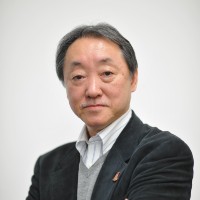
Mamoru Tsuchiya is Japan’s foremost whisky critic. He is the Representative Director of the Japan Whisky Research Centre, and was named one of the “World’s Best Five Whisky Writers” by Highland Distillers in 1998. He served as the whisky historian for NHK’s Massan and he has published several books such as The Complete Guide to Single Malt Whisky, Taketsuru’s Life and Whisky, and The Literacy of Whisky. He is the editor of the bimonthly Whisky Galore, Japan’s only print whisky magazine.

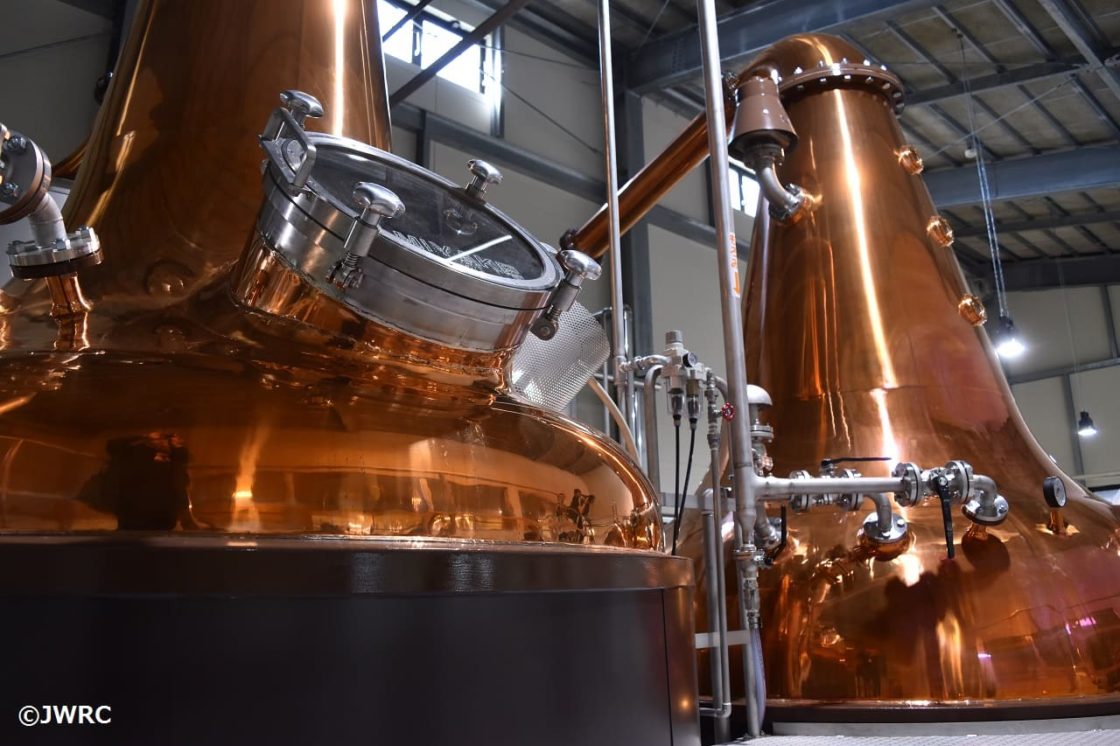
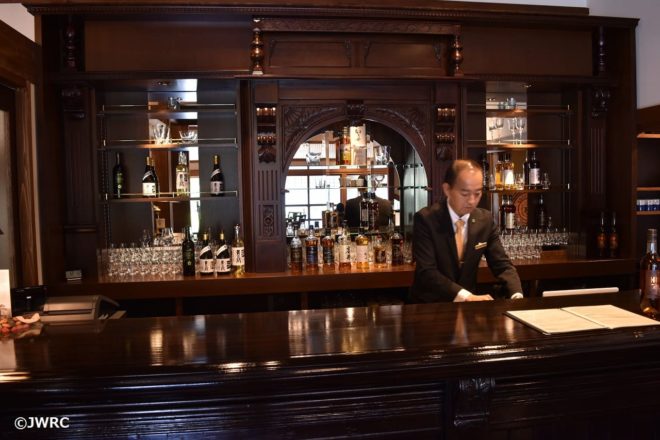
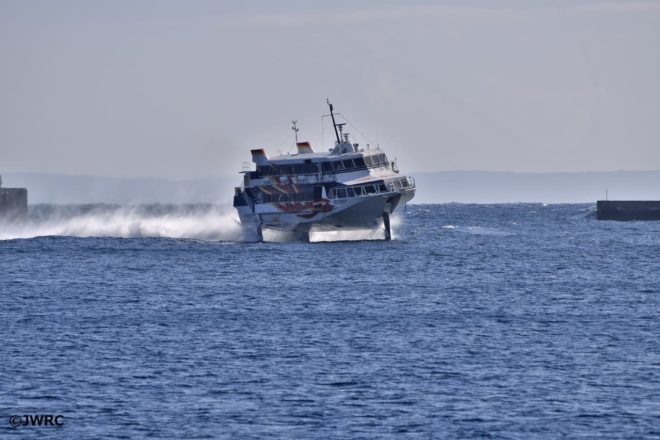
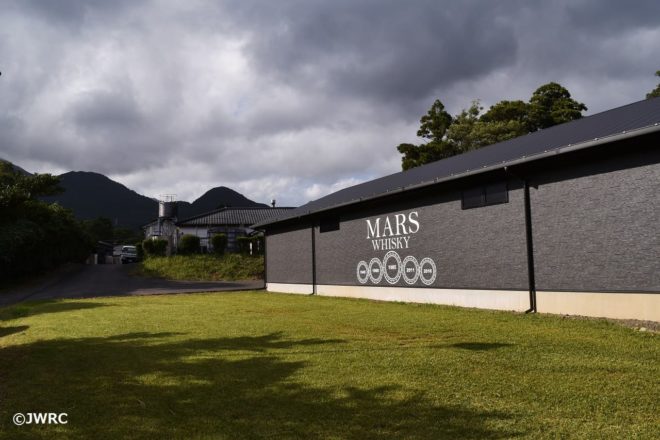
One Comment